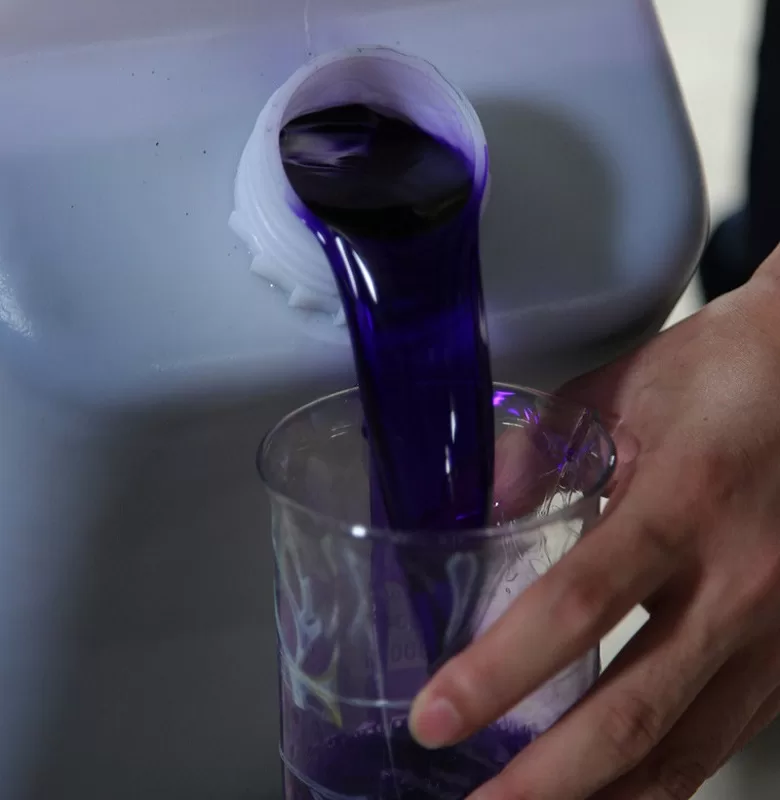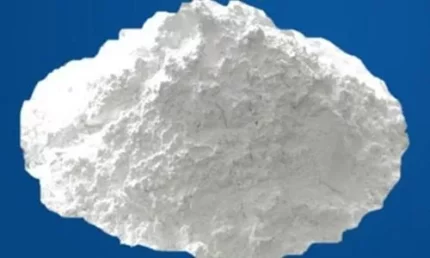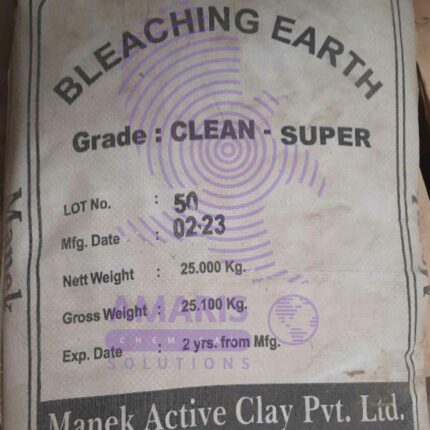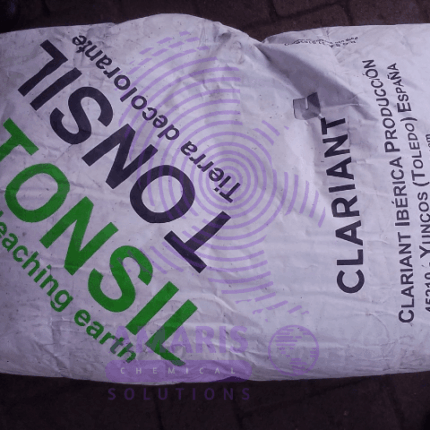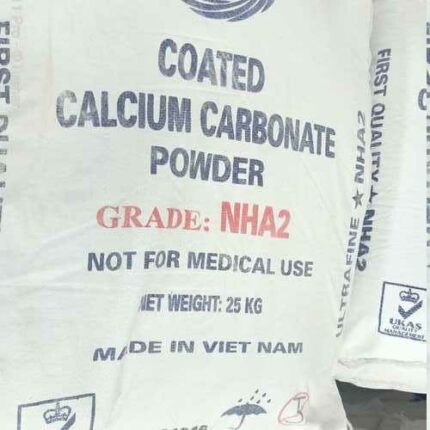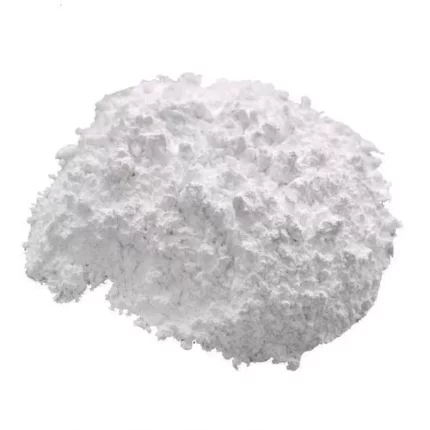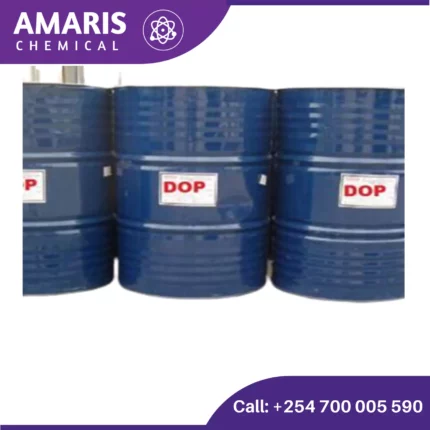

Cobalt Octoate 10%
$50,000.00 Original price was: $50,000.00.$49,000.00Current price is: $49,000.00.
Cobalt Octoate 10% is a chemical compound that consists of cobalt ions (Co2+) bound to octoate ions (also known as octanoate ions, C8H15O2-). It is often used as a catalyst in various chemical reactions, particularly those involving the curing of unsaturated polyester resins and the polymerization of vinyl chloride. Cobalt octoate can also be used in the production of coatings, adhesives, and inks.
In its pure form, cobalt octoate appears as a dark blue liquid with a characteristic odor. It is soluble in a variety of organic solvents and is typically sold as a solution in mineral spirits or other solvents. The concentration of cobalt octoate in these solutions can vary depending on the intended use, with concentrations typically ranging from 1% to 12%.
Cobalt Octoate 10% Uses
Primary Uses of Cobalt Octoate
1. Paints & Coatings
- Drying Agent: Speeds up the oxidation and hardening of alkyd resins(oil-based paints, varnishes).
- Catalyst: Helps air-dry paints form a tough, durable film.
- Used in:
- Industrial coatings
- Marine paints
- Automotive finishes
2. Polyester & Epoxy Resins
- Promoter for MEKP (Methyl Ethyl Ketone Peroxide):
- Essential for fiberglass laminating(boats, tanks, composites).
- Accelerates room-temperature curingin unsaturated polyester resins.
3. Printing Inks
- Drier for Offset & Lithographic Inks:
- Prevents smudging by speeding up ink drying.
4. Adhesives & Sealants
- Curing Agent: Used in anaerobic adhesives(threadlockers like Loctite).
Secondary Uses of Cobalt Octoate
1. Rubber & Plastics
- Vulcanization Aid: Helps cross-link synthetic rubbers.
- Stabilizer: Extends shelf life of certain polymers.
2. Wood Treatment
- Preservative Drier: Used in wood stainsto enhance drying and penetration.
3. Fuel Additives (Limited Use)
- Combustion Catalyst: Sometimes added to diesel fuels to improve burning efficiency.
4. Chemical Synthesis
- Oxidation Catalyst: Used in organic reactions to produce ketones, aldehydes.
| AVAILABLE PACK SIZE |
200kg ( Metal or Plastic drum) |
|---|---|
| APPEARANCE |
Oily – Slippery, hydrophobic e.g. vegetable oil |
| COUNTRIES OF ORIGIN |
INDIA |
1. Basic Identification Attributes
- Chemical Name (IUPAC):Cobalt bis(2-ethylhexanoate)
- Common/Trade Names:Cobalt octoate 10%, Cobalt 2-ethylhexanoate, Cobalt drier
- CAS Number:[136-52-7] (for cobalt 2-ethylhexanoate)
- HS Code:90.80 (Other saturated acyclic monocarboxylic acids)
- Molecular Formula:C₆H₂₀CoO₄ (monomer) / [Co(C₈H₁₅O₂)₂] (dimer)
- Synonyms:Cobalt(II) octoate, Cobalt ethylhexanoate, Cobalt soap
2. Physical & Chemical Properties
- Physical State:Violet-blue liquid solution (typically in mineral spirits)
- Color & Odor:Deep blue; characteristic hydrocarbon odor
- Melting Point:Not applicable (liquid solution)
- Boiling Point:~150-200°C (302-392°F) (varies with carrier solvent)
- Density:89-0.92 g/cm³ (at 20°C)
- Solubility:
- Water:Immiscible
- Organic Solvents:Fully soluble in hydrocarbons, esters, ketones
- pH Level:Neutral (~6-8 in solution)
- Vapor Pressure:Depends on carrier solvent (~3-5 mmHg at 20°C)
- Flash Point:40-60°C (104-140°F) (varies by carrier)
- Autoignition Temperature:~250°C (482°F)
- Viscosity:50-100 cP (at 25°C)
- Cobalt Content:10% by weight (typical commercial grade)
3. Safety & Hazard Attributes
- Hazard Class (GHS):
- Flammable Liquid (Category 3)
- Skin Sensitizer (Category 1)
- Aquatic Toxicity (Category 2)
- NFPA Ratings:
- Health:2 (Moderate)
- Flammability:2 (Moderate)
- Reactivity:1 (Slight)
- Exposure Limits:
- OSHA PEL (Co):1 mg/m³ (as Co)
- ACGIH TLV (Co):02 mg/m³ (respirable)
- Reactivity:
- Oxidizer (promotes polymerization)
- Incompatible with strong acids, peroxides
4. Storage & Handling Attributes
- Storage Conditions:
- Store in cool, well-ventilated area (<30°C)
- Keep away from heat/sparks/open flames
- Nitrogen blanket recommended for bulk storage
- Incompatible Materials:Strong oxidizers, acids, peroxides
- Container Type:Steel or HDPE drums (with corrosion-resistant lining)
- Shelf Life:12-24 months (protect from moisture)
- Handling Requirements:
- Chemical-resistant gloves (nitrile)
- Eye protection + face shield
- Explosion-proof equipment required
- Local exhaust ventilation
5. Regulatory & Compliance Attributes
- Regulatory Status:
- EPA:Regulated under TSCA (USA)
- REACH:Cobalt compounds require registration
- DOT:UN1993 (Flammable liquid, n.o.s.)
- Hazard Symbols:
- GHS02 (Flame)
- GHS07 (Exclamation mark)
- GHS09 (Environment)
- Transportation Restrictions:
- UN Number: UN1993
- Packing Group: III
- Hazard Class: 3 (Flammable liquid)
- Waste Disposal:
- RCRA hazardous waste (D001, D008 for cobalt)
- Must be incinerated by licensed facility
6. Environmental & Health Impact
- Ecotoxicity:
- Very toxic to aquatic life (LC50 <1 mg/L)
- Bioaccumulation potential (BCF >500)
- Persistence:
- Cobalt persists indefinitely in environment
- Carrier solvent typically biodegradable
- Carcinogenicity:
- IARC Group 2B (Possibly carcinogenic)
- OSHA: Potential occupational carcinogen
- Biodegradability:
- Organic component biodegradable
- Cobalt ions non-degradable
Personal Protective Equipment (PPE)
- Gloves:Chemical-resistant gloves (nitrile or neoprene) to prevent skin absorption.
- Eye Protection:Goggles or face shield to avoid splashes.
- Respiratory Protection:NIOSH-approved organic vapor respirator if ventilation is inadequate.
- Protective Clothing:Lab coat or apron to prevent skin contact.
Handling & Storage
- Ventilation:Use in a well-ventilated area or under fume extraction.
- Avoid ignition sources:Flammable liquid—keep away from sparks, flames, and heat.
- Storage:Store in tightly sealed, labeled containers in a cool, dry place away from oxidizers.
- Incompatibilities:Strong acids, strong oxidizers, and peroxides.
Inhalation (Vapors/Mist)
- Move to fresh air immediately.
- If breathing is difficult, administer oxygenand seek medical attention.
Skin Contact
- Remove contaminated clothing.
- Wash thoroughly with soap and waterfor at least 15 minutes.
- If irritation occurs, seek medical advice.
Eye Contact
- Rinse immediately with plenty of water for at least 15 minutes(hold eyelids open).
- Seek urgent medical attentionif irritation persists.
Ingestion
- Do NOT induce vomiting.
- Rinse mouth with water and drink milk or waterto dilute.
- Seek immediate medical help(risk of cobalt poisoning).
Flammability
- Highly flammable liquid(flash point ~50–80°C/122–176°F).
- Emits toxic fumes (CO, CO₂, cobalt oxides)when burning.
Extinguishing Media
- Dry chemical powder (ABC), CO₂, alcohol-resistant foam.
- Water sprayto cool containers but avoid direct jets (may spread fire).
Firefighting Precautions
- Wear SCBA (self-contained breathing apparatus)and full protective gear.
- Evacuate areaif large fire develops (toxic smoke hazard).
Spill & Leak Response
- Small spills:Absorb with inert material (sand, vermiculite, clay) and place in a sealed container.
- Large spills:Contain with dikes or barriers and collect for proper disposal.
- Avoid skin contact—wear PPE during cleanup.
- Ventilate areato prevent vapor buildup.


 Emollients
Emollients Humectants
Humectants UV Filters
UV Filters Surfactants (cosmetic)
Surfactants (cosmetic) Preservatives (cosmetic)
Preservatives (cosmetic) Fragrances and Essential Oils
Fragrances and Essential Oils Antioxidants (cosmetics)
Antioxidants (cosmetics)
 Solvents (lab)
Solvents (lab) Chromatography Chemicals
Chromatography Chemicals Microbiology and Cell Culture Reagents
Microbiology and Cell Culture Reagents Biochemical Reagents
Biochemical Reagents Inorganic and Organic Standards
Inorganic and Organic Standards Spectroscopy Reagents
Spectroscopy Reagents Molecular Biology Reagents
Molecular Biology Reagents
 Precious Metal Extraction Agents
Precious Metal Extraction Agents
 Plasticizers
Plasticizers Polymerization Initiators
Polymerization Initiators Stabilizers
Stabilizers Monomers
Monomers Fillers and Reinforcements
Fillers and Reinforcements Antioxidants (plastics)
Antioxidants (plastics) Colorants (plastic pigments,Dyes)
Colorants (plastic pigments,Dyes)
 Fertilizers
Fertilizers Plant Growth Regulators
Plant Growth Regulators Soil Conditioners
Soil Conditioners Animal Feed Additives
Animal Feed Additives Biostimulants
Biostimulants
 Dough Conditioners
Dough Conditioners Flour Treatments
Flour Treatments Fat Replacers
Fat Replacers Preservatives (baking)
Preservatives (baking)
 Surfactants (cleaning)
Surfactants (cleaning) Builders
Builders Bleaching Agents
Bleaching Agents Enzymes
Enzymes Solvents (cleaning)
Solvents (cleaning) Fragrances
Fragrances Disinfectant
Disinfectant Metal cleaning
Metal cleaning
 Binders/Resins
Binders/Resins Pigments
Pigments Solvents (paint)
Solvents (paint) Additives
Additives Driers
Driers Anti-Corrosion Agents
Anti-Corrosion Agents Specialty Coatings
Specialty Coatings Functional Coatings
Functional Coatings Application-Specific Coatings
Application-Specific Coatings
 Sealants and Adhesives
Sealants and Adhesives
 Biodegradable Surfactants
Biodegradable Surfactants Bio-based Solvents
Bio-based Solvents Renewable Polymers
Renewable Polymers Carbon Capture Chemicals
Carbon Capture Chemicals Wastewater Treatment Chemicals
Wastewater Treatment Chemicals
 Preservatives (food)
Preservatives (food) Flavor Enhancers
Flavor Enhancers Acidulants
Acidulants Sweeteners
Sweeteners Emulsifiers
Emulsifiers Antioxidants (food)
Antioxidants (food) Colorants (food)
Colorants (food) Nutrient Supplements
Nutrient Supplements Nutraceutical Ingredients
Nutraceutical Ingredients
 Fresh Herbs
Fresh Herbs Whole Spices
Whole Spices Ground Spices
Ground Spices Spice Blends
Spice Blends
 Surfactants(oil)
Surfactants(oil)
 Antibiotics
Antibiotics Active Pharmaceutical Ingredients
Active Pharmaceutical Ingredients Excipients
Excipients Vaccine Adjuvants
Vaccine Adjuvants Nutraceutical Ingredients
Nutraceutical Ingredients Solvents (pharmaceutical)
Solvents (pharmaceutical)
 Automotive chemicals
Automotive chemicals Pyrotechnic Chemicals
Pyrotechnic Chemicals


 Vulcanizing Agents
Vulcanizing Agents Accelerators & Retarders
Accelerators & Retarders Antidegradants
Antidegradants Reinforcing Agents
Reinforcing Agents Plasticizers & Softeners
Plasticizers & Softeners Fillers & Extenders
Fillers & Extenders Blowing Agents
Blowing Agents Adhesion Promoters
Adhesion Promoters
